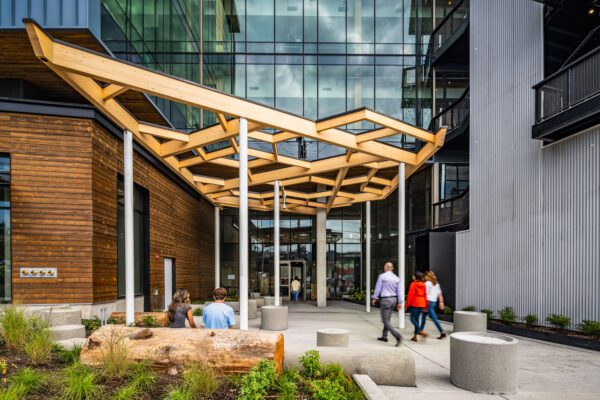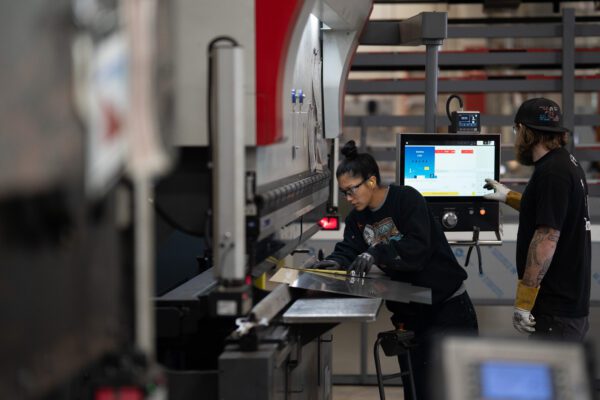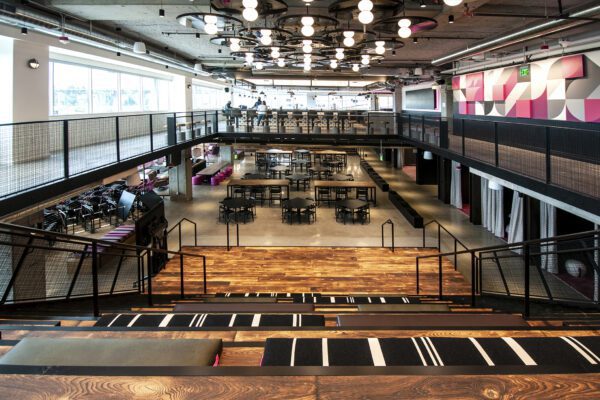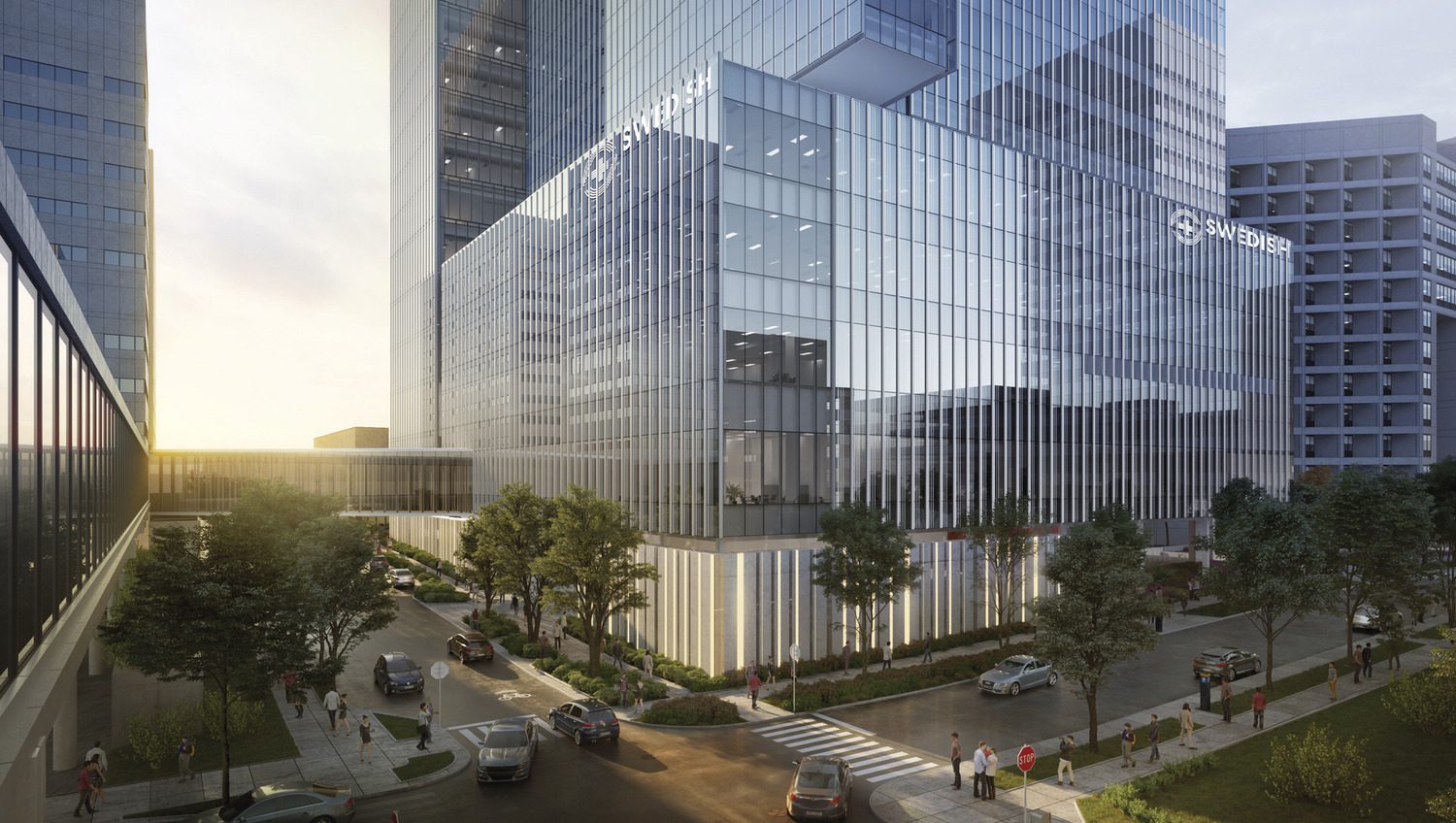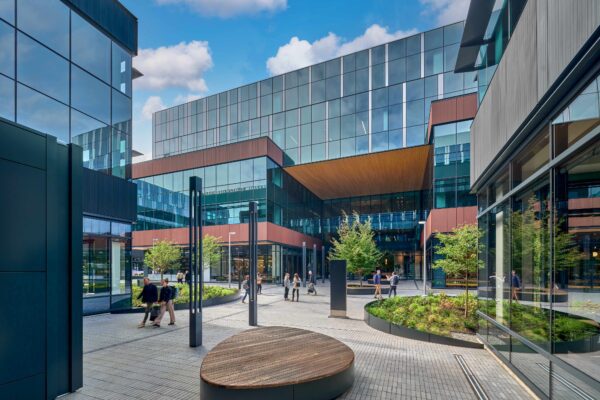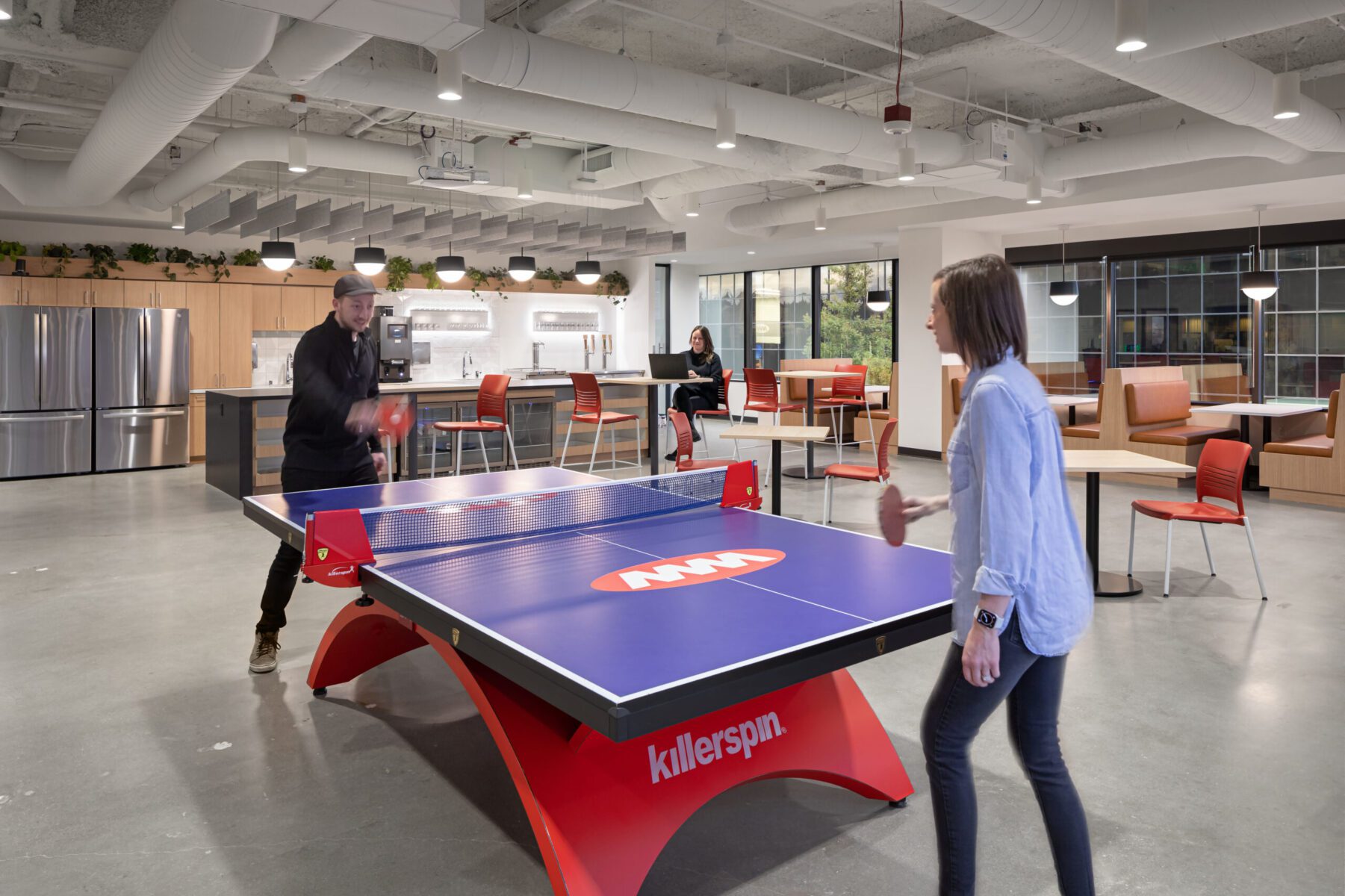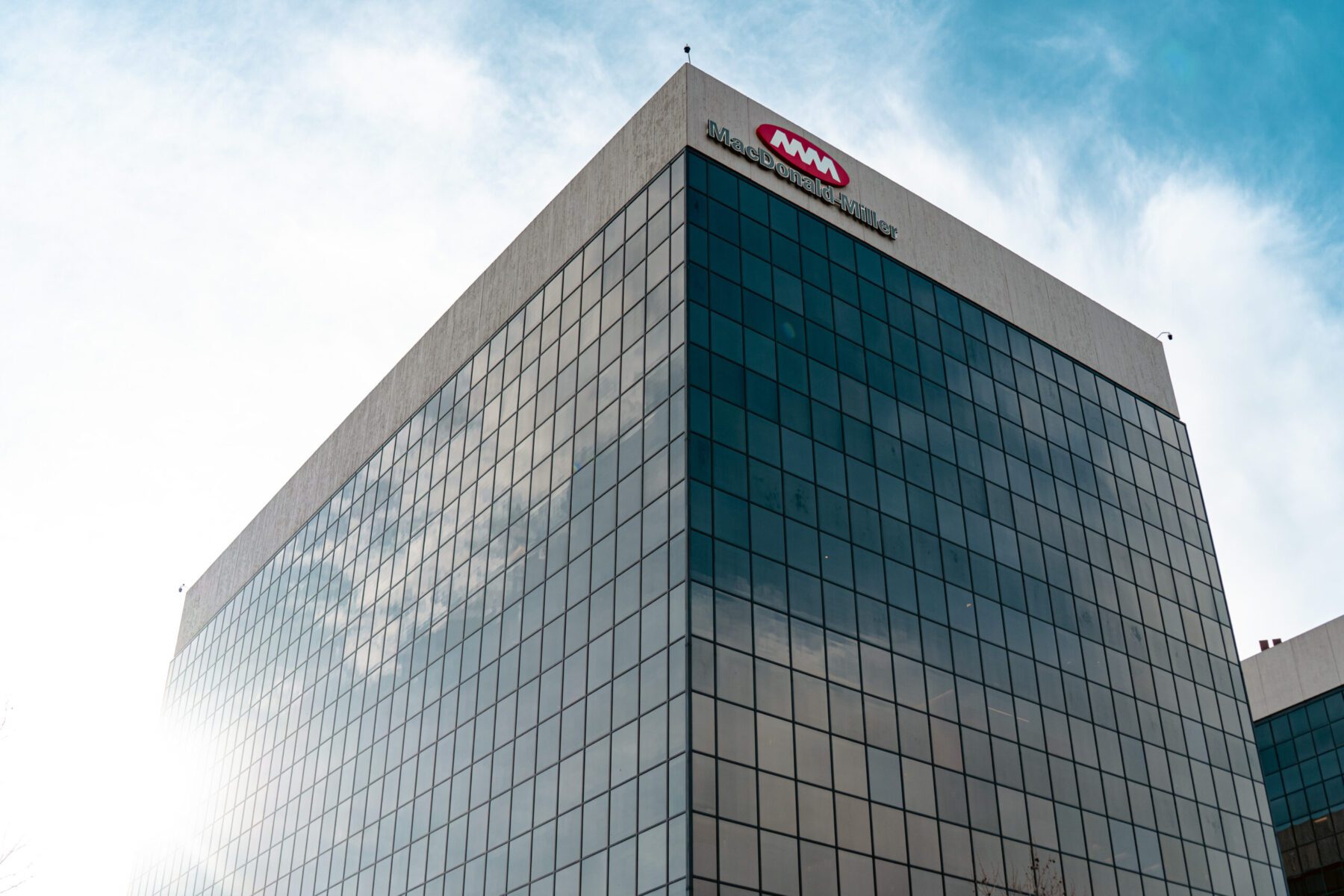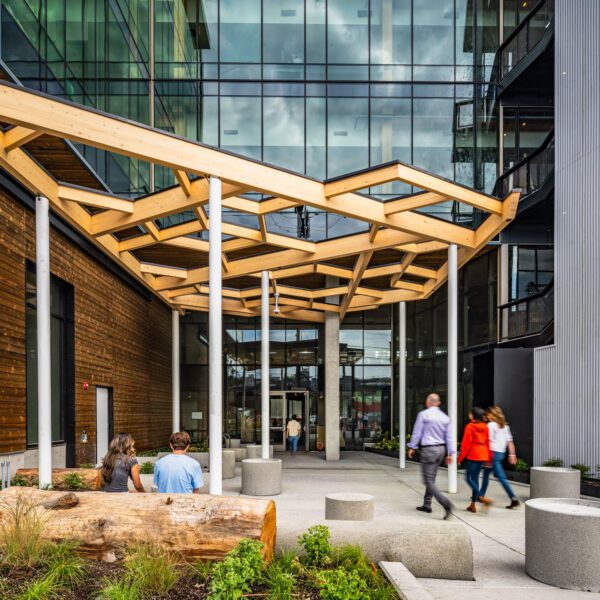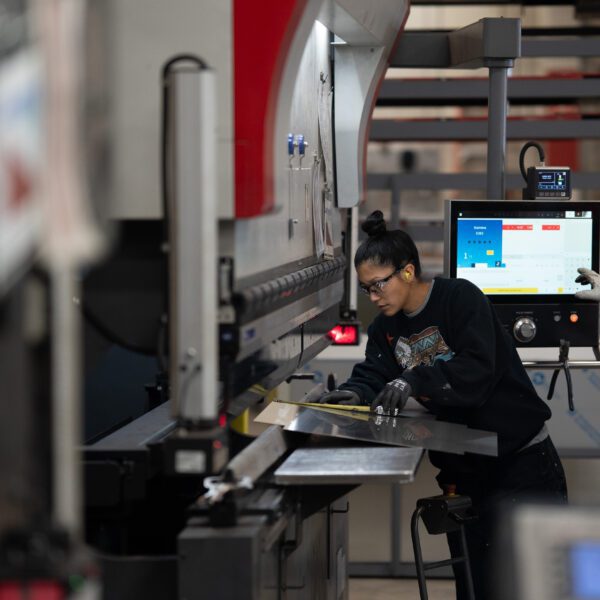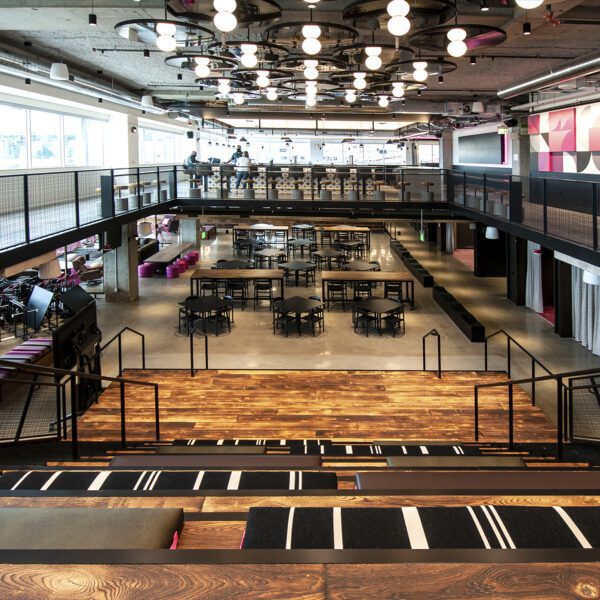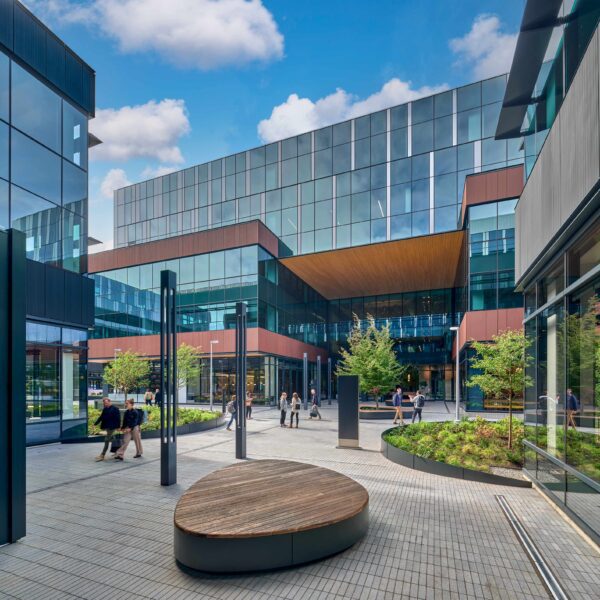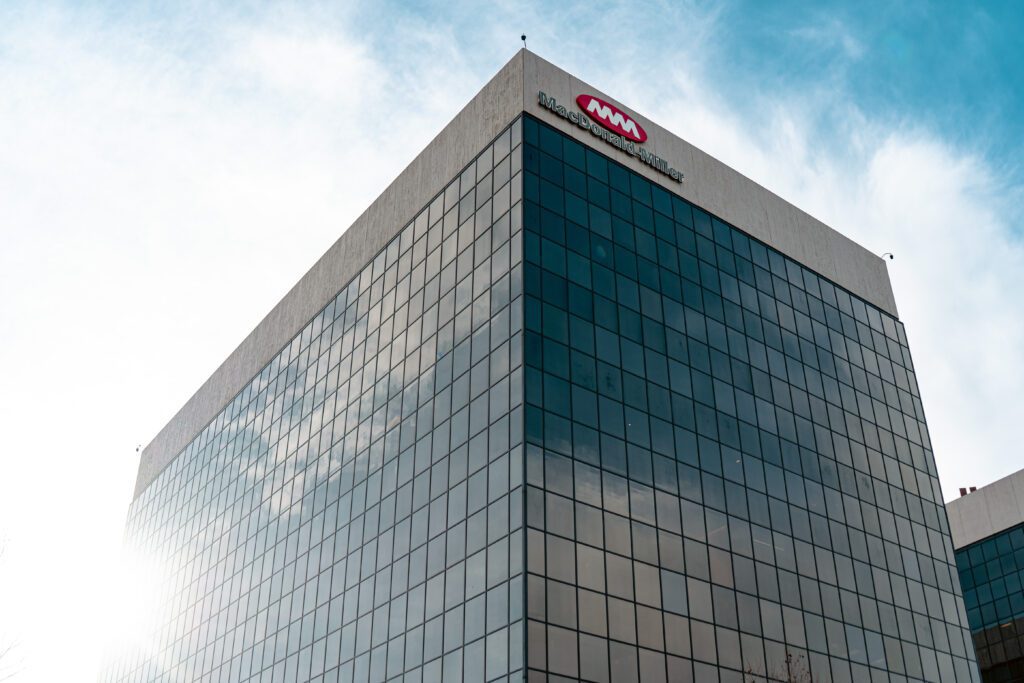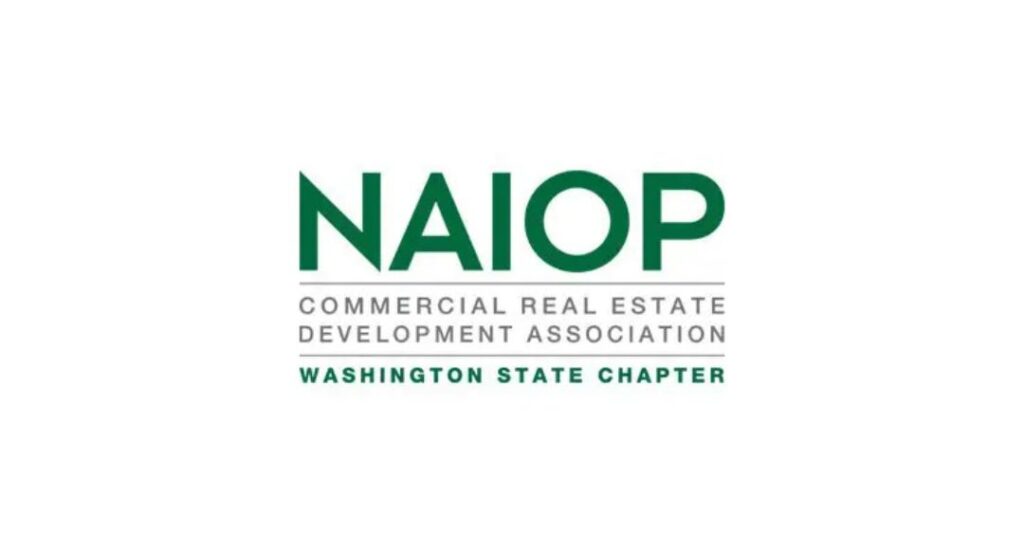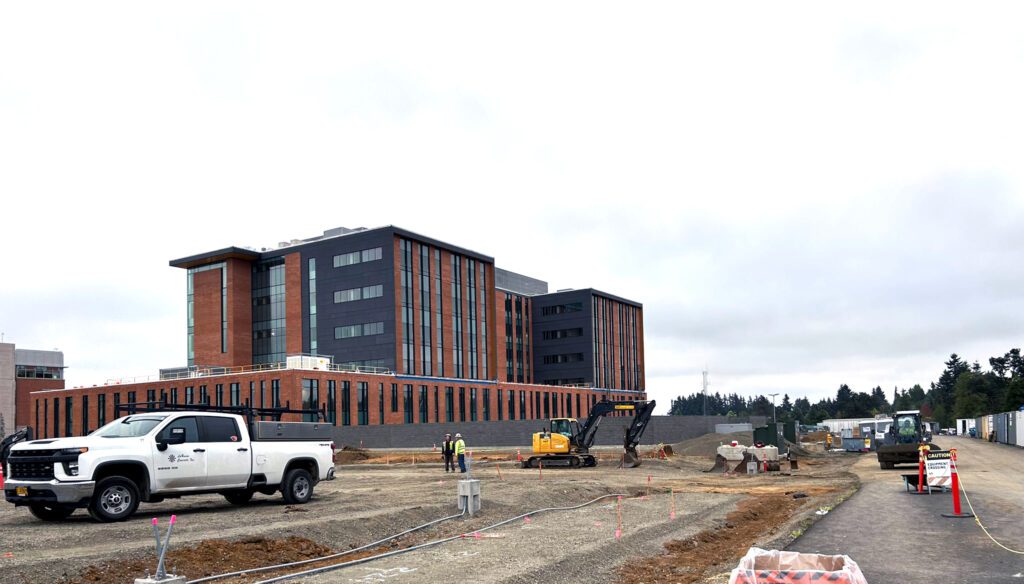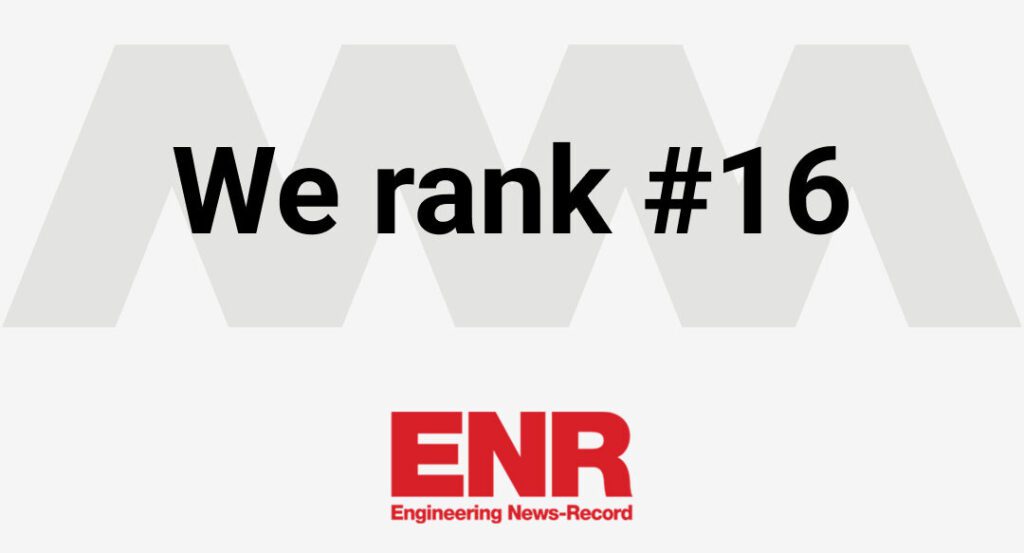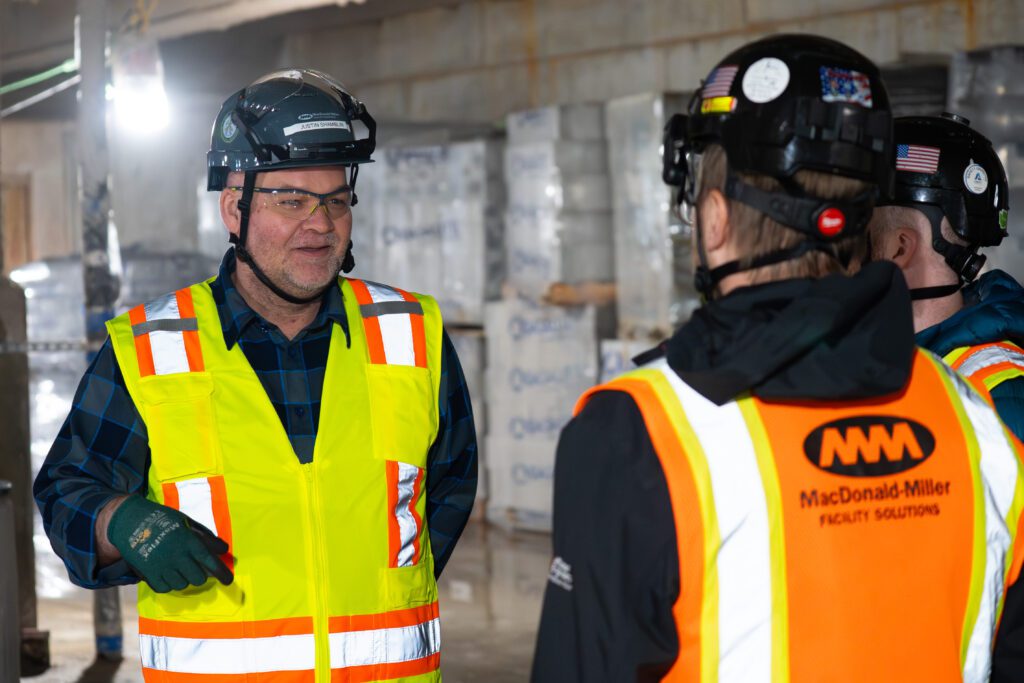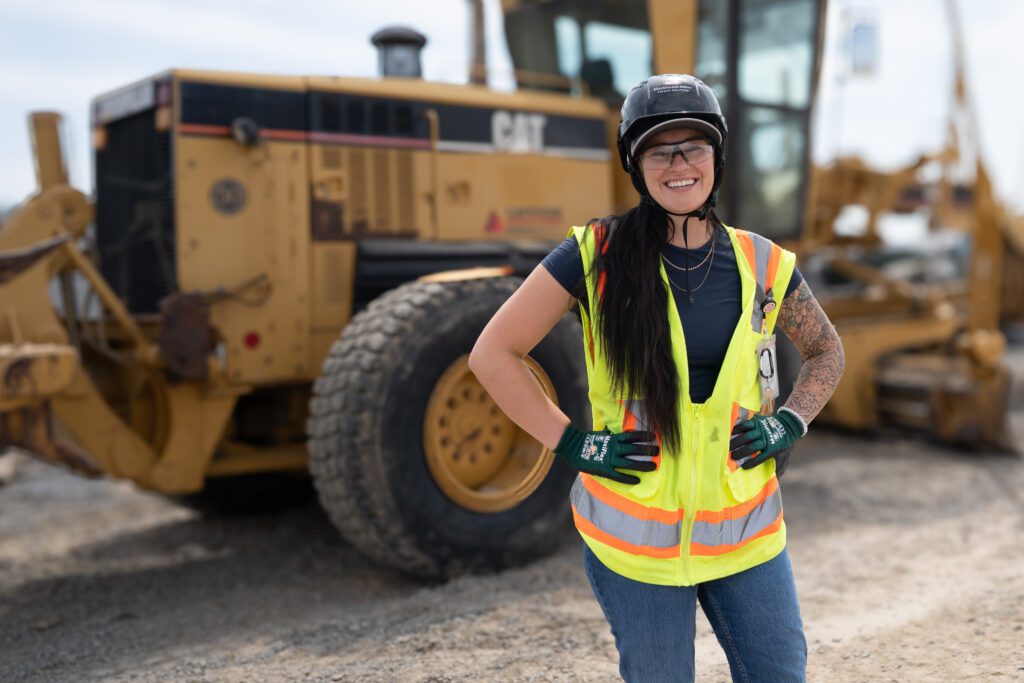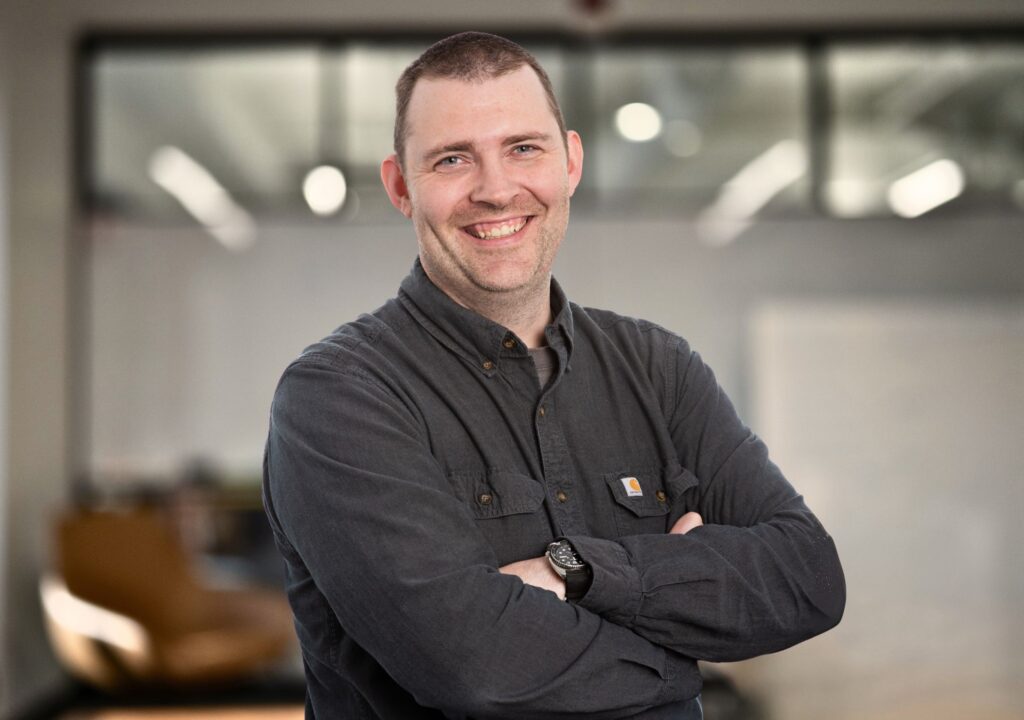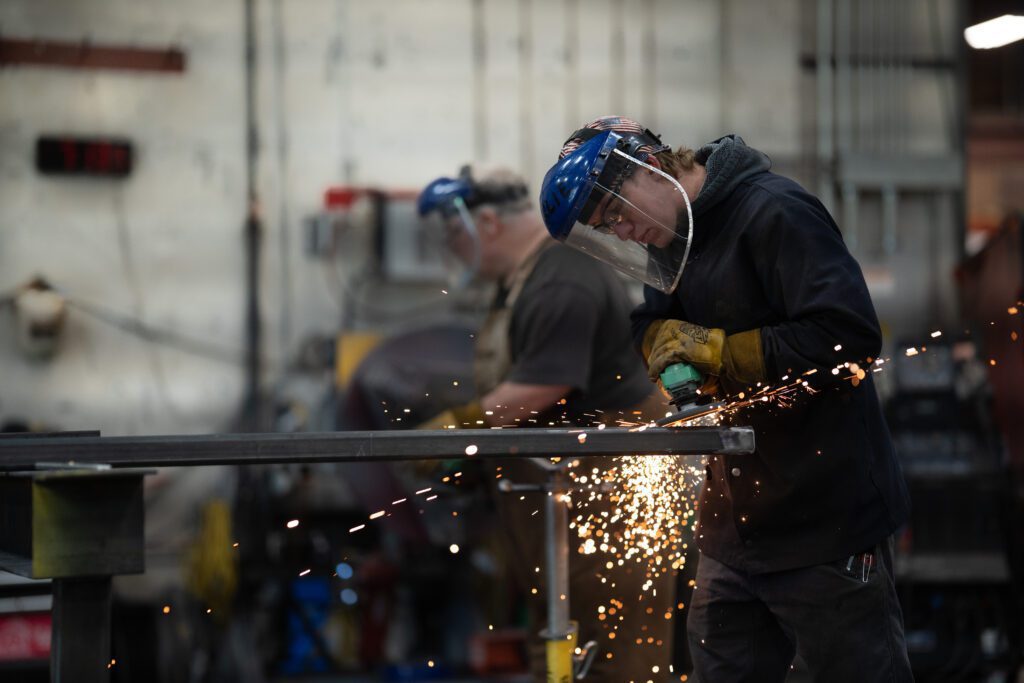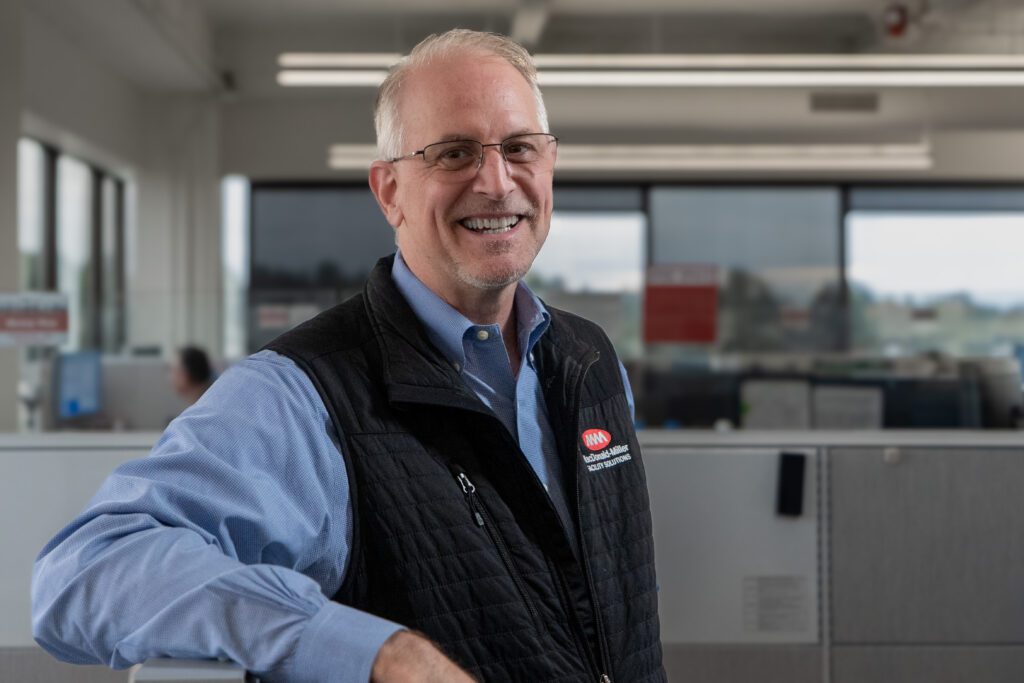MacDonald-Miller is turning its own buildings and processes into Climate Pledge proving grounds, enduring complexities and challenges firsthand to deliver clear, effective solutions toward a sustainable future.
In 2023, MacDonald-Miller Facility Solutions (MMFS) were among the first adopters across all industries to sign both The Climate Pledge and MEP 2040, committing to net-zero carbon by 2040 in both company operations and projects. This ambitious goal is central to MMFS’s operations, aiming to inspire partners and clients along the way.
“Our commitment to leading the industry starts with our vision to demonstrate that every project has a path to a carbon-neutral outcome. We can be the example to show that it is possible and worth it.” — Reagan Perry, Chief Operating Officer
To the team at MacMiller, the buildings they occupy throughout Washington and Oregon are more than just structures—they serve as living labs. These are real-world environments where emerging technologies, processes, and design strategies are actively tested and refined under the everyday pressures of occupancy. Unlike traditional labs, MacMiller’s philosophy to approach each regional office and warehouse as a testing platform makes learning immediate, relevant, and rooted in reality.
“We occupy 13 buildings across the Pacific Northwest,” says Marisa Zylkowski, Director of Sustainable Design. “That gives us a unique opportunity to experiment directly with technologies like smart building services and IoT (Internet of Things) sub-metering in real-time.” These living labs don’t just test theories, they generate actionable data to inform ideal performance for both MMFS and the customers it serves.

This hands-on approach is complemented by what Zylkowski and her sustainable design engineering team refer to as design lenses—a philosophy that integrates sustainability, cost, code compliance, aesthetics, and long-term maintenance into every project from day one. “When you apply sustainability lenses to a problem you’re learning about what matters to the owner and the team at large. Goal setting from the beginning can go a long way. We ask: What matters to you? Are we being good stewards of our environment, and designing for better air and water quality, for now and for the future?”
Integration is key. It requires early alignment across various disciplines and project teams. When everyone shares the same vision—from engineers to contractors to clients—design choices become more intentional, systems more resilient, and outcomes more aligned with long-term values.
“It’s exciting to work in sustainability,” Zylkowski says. “We get to peel back the layers of how buildings function, and reimagine systems that are healthier, more efficient, and better aligned with what we want to leave behind for future generations.”
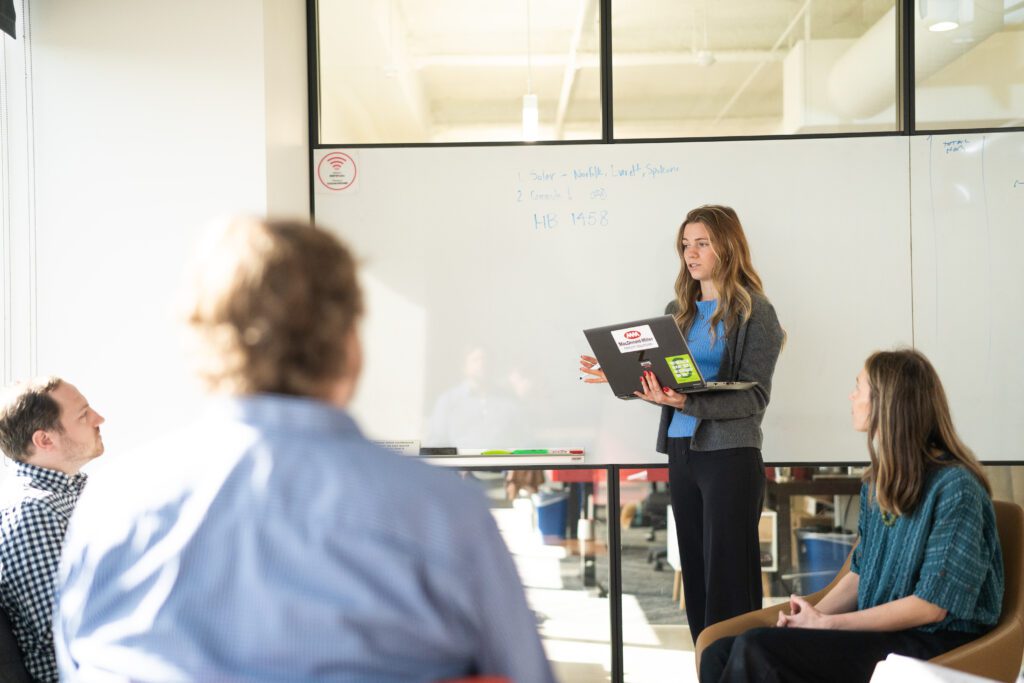
This process isn’t always easy—and often, MacMiller is leading the way. However, each of the thirteen living lab buildings across the PNW is teaching valuable lessons. These insights help MMFS support customers more effectively on their own sustainability journeys through deep subject-matter expertise, creative carbon-cutting strategies, and a commitment to cultural change in the built environment.
Benchmarking for Better Decisions
Benchmarking helps to understand a building’s baseline energy use and carbon emissions and then, guide improvements. It’s crucial for compliance with Building Performance Standards, including Washington’s Clean Buildings Performance Standard, Seattle’s Building Emissions Performance Standard (BEPS), and Oregon’s Building Performance Standards. However, the Climate Pledge requires an even deeper level of data, especially across the three scopes of greenhouse gas emissions.
- Scope 1: Direct emissions from natural gas in buildings and vehicle fleet fuel
- Scope 2: Indirect emissions from purchased electricity for buildings
- Scope 3: Emissions from supply chain, purchased capital goods, and other indirect sources
“We have many answers to how we’re going to get to net zero for Scope 1 and 2 – including making our offices more energy efficient,” says Zylkowski. But that requires more granular data—something the Smart Building Services team is actively working on.
“We’re always looking for new technologies,” says Seth Ferrara, Program Manager, Smart Building Services. For example, MMFS is exploring how to leverage new, connected submetering technologies at leased spaces, a cost-effective and noninvasive way to obtain real-time detailed energy data. It helps identify energy waste, optimize costs, and inform energy-saving decisions, making it especially helpful for tenants committed to hitting specific sustainability measures or owners preparing for building-wide regulatory compliance.
“That’s what all the legislation is about—information,” Ferrara says. “The ability to measure data anytime, anywhere is crucial, especially when working toward climate goals.”
Building a Zero-Emission Fleet
Another major initiative: converting MMFS’s over 800 vehicle fleet from Internal Combustion Engine (ICE) to zero-emission vehicles. Though heavy-duty, zero-emission commercial vehicles remain limited, Meghan Marquardt, Logistics and Fleet Manager explains EVs are currently the best option and represent 10% of the MMFS fleet.
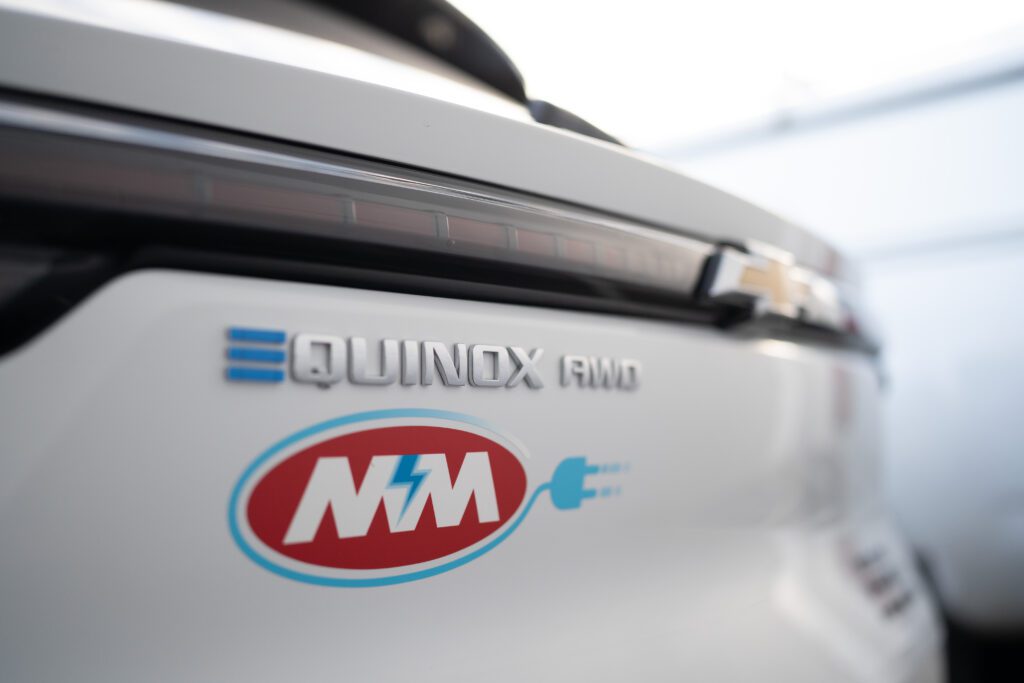
“The goal is to get to zero emissions. It’s 2025. We have till 2040. We have 15 years of science and a push within technology to be able to advance. Right now, it’s a steppingstone to get as far as we can with the current technology and infrastructure. But if there’s a way for us to cut emissions in half, if not more, we’re going to find that way.”
Testing new EV models is essential before full commercial deployment. The fleet team weighs factors like cost-efficiency, technician needs, available charging infrastructure, and driving range. Marquardt says, “We have a great relationship with GM and so they have provided vehicles before purchase to be able to test.” MMFS has even been highlighted by GM for Chevy Silverado EV “upfits” – aftermarket additions like racks and canopy storage which help the vehicle meet the service requirements of the fleet.
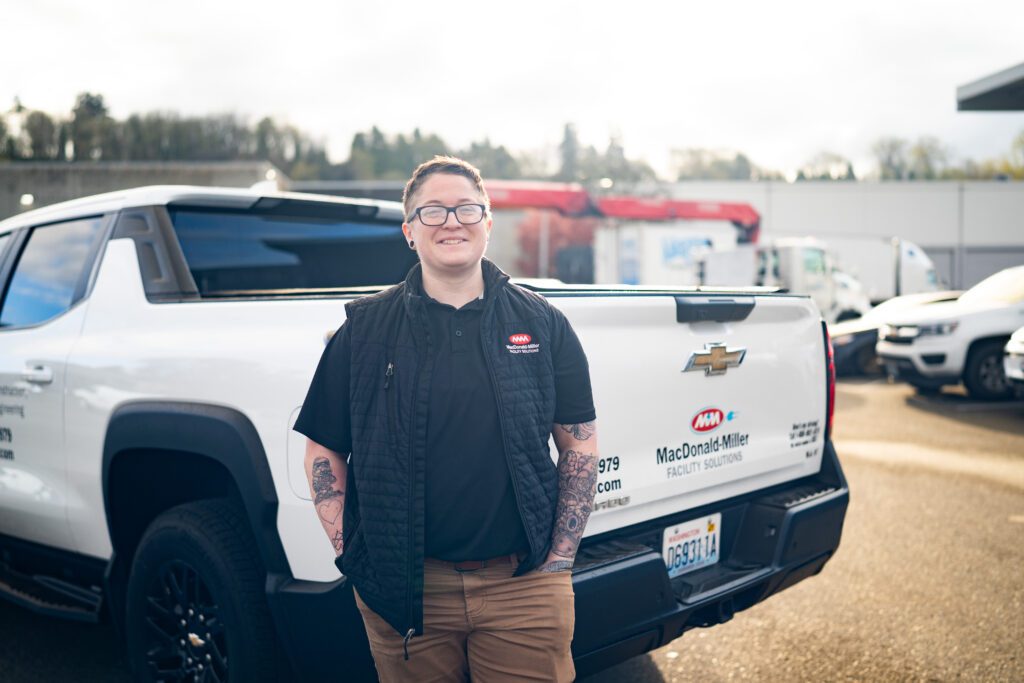
The introduction of new EV models to the MMFS fleet is only the beginning. The transition involves infrastructure improvements and innovation, but she’s confident the company will hit its Scope 1 target by 2040. As Meghan aptly puts it, progress is about “percent by percent change” guided by available infrastructure and emerging technologies. The journey toward a sustainable fleet is as much about today’s creativity and flexibility as it is about tomorrow’s innovation.
Improvement Through Reduction: Reusable Air Filters
While MMFS is making progress testing and adopting new technologies—they’re also exploring simple changes to existing practices.
One example is attempting to reduce reliance on the single-use HVAC air filters MacMiller routinely replaces on behalf of its customers. “If you go to any of our zone service offices, air filters take up the most space,” says Travis Eshpeter, President of Building Services. “And currently, the only recyclable part is the cardboard box.”
Reusable filters provide the same performance as traditional, industry-standard filters while being environmentally friendly. This change cuts down both physical and transportation waste while making logistical processes more efficient. Instead of continually transporting new filters and disposing of old ones, reusable filters can be washed on-site and reinstalled.
Now, MMFS is testing washable, reusable air filters via pilot programs in their facilities to track performance and return on investment (ROI) before recommending them to clients.
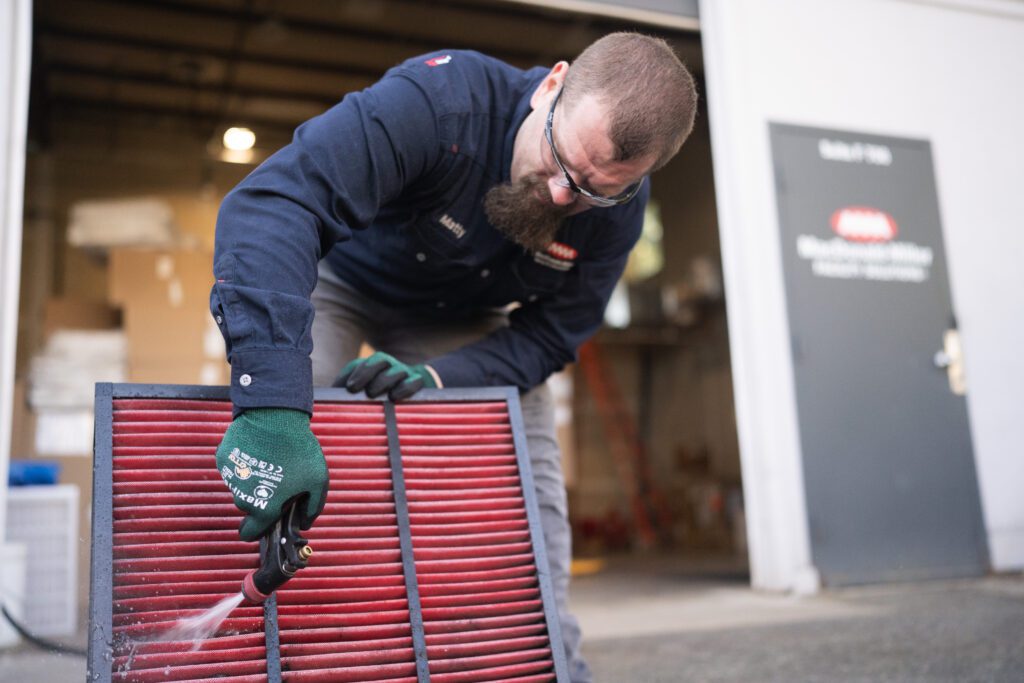
Reusable filters offer clear financial and operational benefits by reducing the need for extensive storage and frequent product turnover. This efficiency translates into cost savings and aligns with sustainable business practices. MacDonald-Miller’s leadership in this area provides a compelling model for companies aiming to balance operational needs with environmental responsibility.
“We want to provide accurate data to our clients so they can make informed decisions that benefit tenants and the environment,” says Eshpeter. “It’s all about living up to our pledge and showing our clients we’re in this together.”
Scope 3 and Getting a Grip on the Bigger Picture
Scope 3 of the Climate Pledge is particularly challenging because it encompasses emissions up and down a signatory’s value chain. A big focus for MMFS in the coming years is partnering with manufacturers and vendors to advocate for reduced emissions throughout their own supply chains. One way to do this is to publish data about a product or material through Environmental Product Declarations (EPDs) which quantify impacts of products across their entire lifecycle.
Carbon emissions from capital goods (emissions associated with manufacturing of HVAC equipment, filters, sheet metal and pipe, for example) equate to nearly 65% of MMFS total corporate greenhouse gas emissions. With only one of MMFS’s top 30 current vendors (by spend) sharing a climate commitment, this means collaborating across companies – and sometimes with competitors – to influence the shared supply chain.
Zylkowski believes addressing assumptions and unknowns surrounding Scope 3 can lead to meaningful progress, “Commitments such as the Climate Pledge can really help hold companies accountable and encourage them to talk about solutions.”
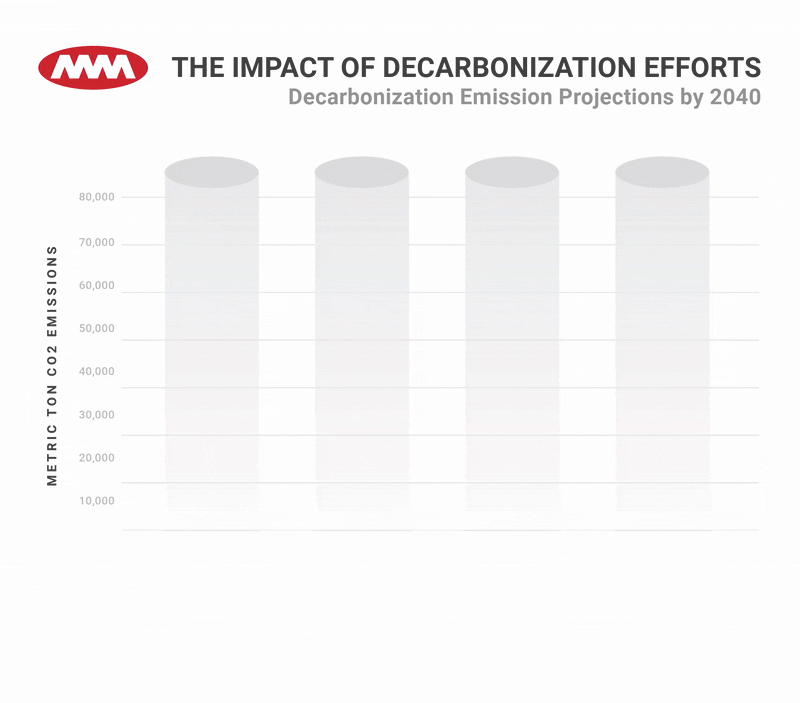
MMFS hopes to elevate sustainability standards across the industry by working collaboratively with vendors. These efforts show that even large-scale climate goals are achievable with collaboration, innovation, and determination.
“We’re moving forward and exploring every solution we can. Scope 3 represents a significant challenge that depends on an entire network of folks in an industry. We know tackling Scope 3 is all about how we communicate, partner and work together,” says Zylkowski.
The push for carbon neutrality requires broad buy-in across departments and partners, from sustainable design to fleet logistics and beyond. MMFS teams remain dedicated, curious, and committed to innovation—all to build a healthier planet and a more sustainable industry.
